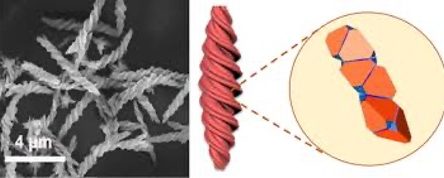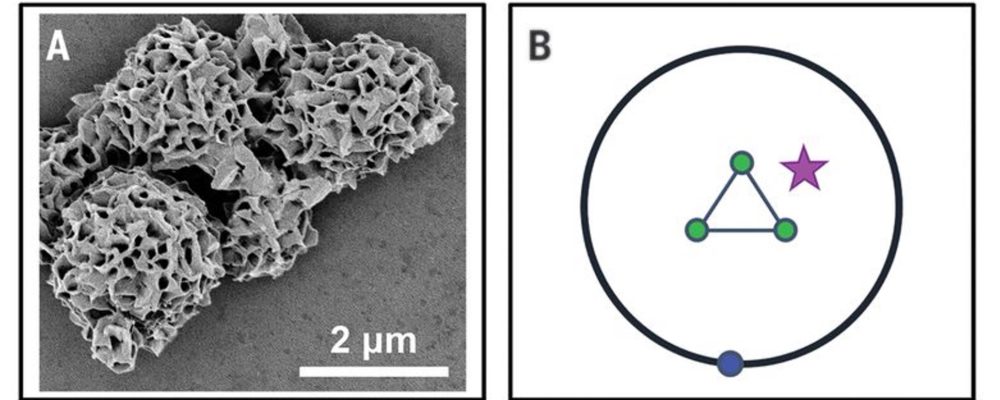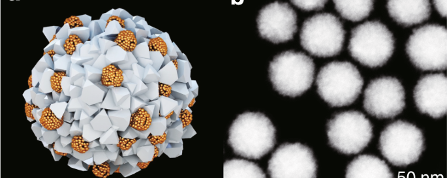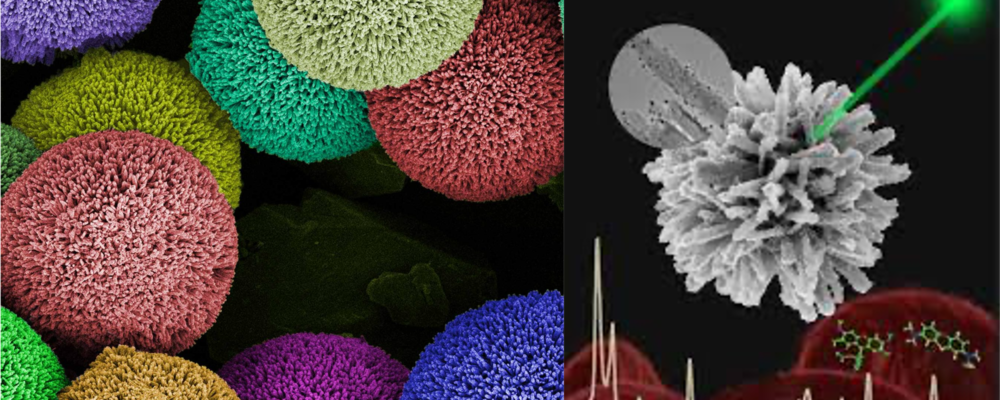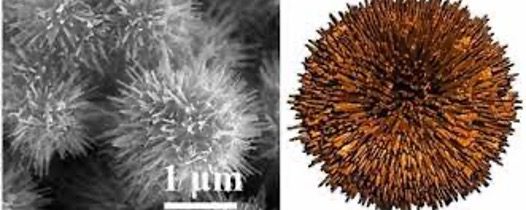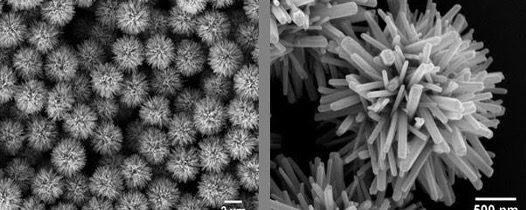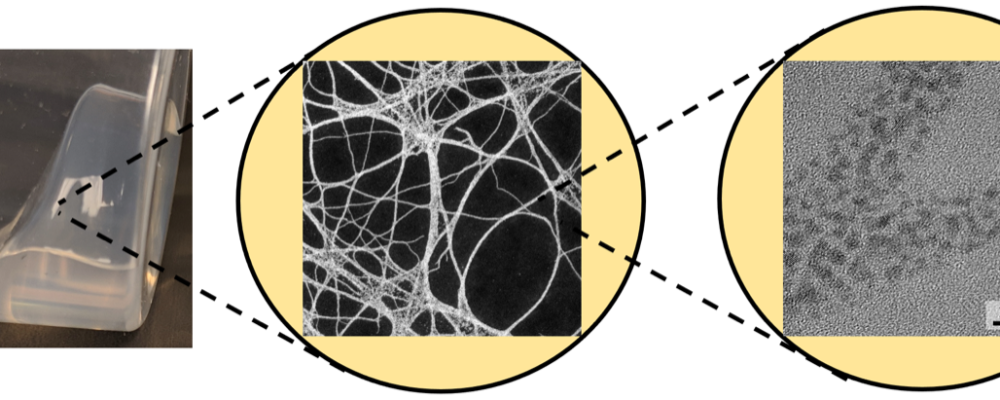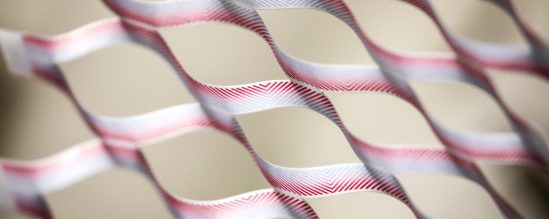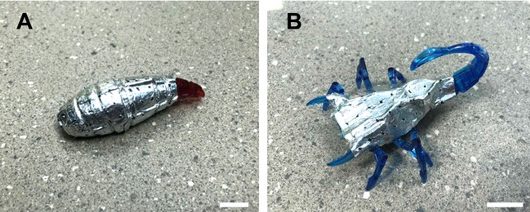By varying the asymmetry of the dispersed nanoparticle from high (e.g. nanoplatelets) to intermediate (e.g. Janus) and low (e.g. chiral), we showed that contrary to expectation ‘imperfect’ polydispersed particles can self-assemble into materials with amazing complexity and record functionalities. Furthermore, these functionalities far exceed those of their biological prototypes. In three decades, the sophistication of these assemblies progressed from simple nanoscale chains to their networks, to nacre-like multilayers, to left- and right-handed helices and spiky hedgehog particles.
Disorder is essential for complex materials. Combining order and disorder enables the hierarchical organization of nanoscale structures and realization of the macroscale materials from nanoscale components. The technological implementations of such materials are abundant (energy storage, biomedical devices, etc) because these composites have revealed previously unattainable combinations of properties that can be made from widely accessible polydispersed nanoparticles (e.g. clay, graphite oxide) available to every country.
Our ongoing studies include materials combining order and disorder with quantified and optimized complexity. They include chiral nanostructures, hedgehog particles, and nanoscale network materials. With an appreciation of the technical challenges inherent in these problems, we have forged collaborations with colleagues around the globe including, Europe, Asia, and Africa. We value creativity, integrity, inclusiveness, tolerance, and tenacity in every person with whom we work.
Self-assembly of Nanoparticles
In the process of Brownian motion, inorganic nanoparticles self-organize into a variety of complex architectures. In fact, this ability is common for all nanostructures regardless whether they are made from organic or inorganic matter.
Chiral Nanomaterials
One of the rapidly expanding fields of nanoscience and technology is chiral inorganic nanostructures. The interest to this type of biomimetic nanomaterials was spurred by the unusually strong circular dichroism (CD) observed for individual nanoparticles and their assemblies.
Hedgehog Particles
‘Hedgehog’ particles reveal surprisingly high dispersion stability regardless of whether or not their hydrophobicity or hydrophilicity matches that of their surrounding media. To some degree, they defy the well-known heuristics, “like dissolves like”.
Biomimetic Nanocomposites
Multiple technologies symbolizing current scientific advances, such as water desalination, high capacity batteries, biointegrated electronics, additive manufacturing, biomorphic robotics, and biodegradable plastics, require materials combining 2-3 essential properties yet structurally versatile. Their synthesis also must be resource conscious.

